Sonic Utopia

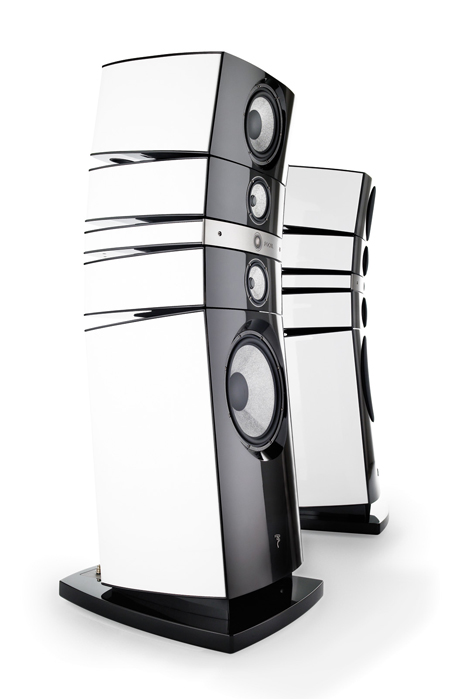
The Grande Utopia EM is a 4-way, bass-reflex design with one 16-inch woofer, one 11-inch midbass driver, two 6.5-inch midrange drivers, and one 1-inch tweeter. Each driver is ensconced in its own completely separate enclosure optimized for that particular frequency range.
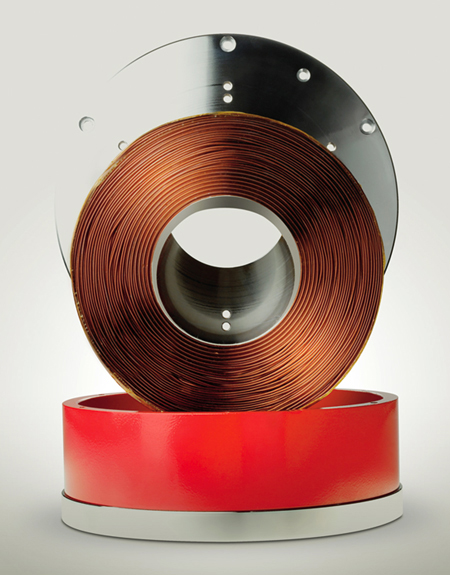
The "EM" in the product name refers to the new woofer design, which uses an electromagnet instead of a permanent magnet as in virtually all other speaker drivers. This allows the magnetic field strength to be much greater than a permanent magnet without needing to increase the cone's weight or resonance frequency, thereby raising the efficiency to an astounding 97dB/W/m with a resonance frequency below 24Hz.
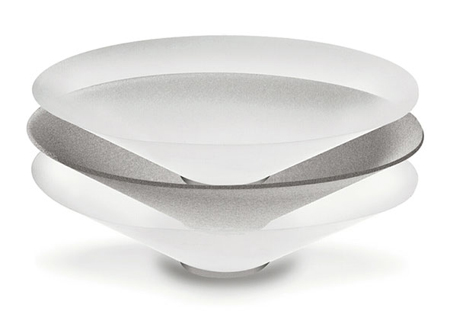
Another innovation found in the woofer, midbass, and midrange cones is their constructionone layer of foam sandwiched between layers of glass, which yields a cone that is ultra light and rigid with high internal damping to avoid coloration. This composite material, called W because the outer layers are glass (verre in French, and two "v"s form a "w"), was used in the original Grande Utopia and is now in its third generation.
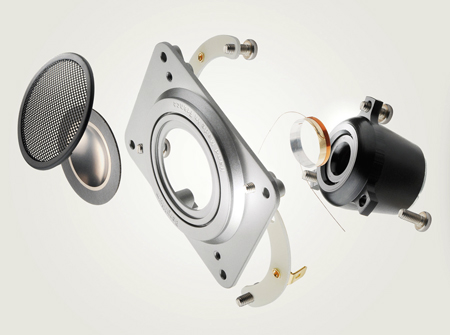
The tweeter is no less inventive. The inverted dome is made of beryllium, which is said to be 2.5 times lighter than titanium and seven times as rigid. Like the woofer, the objective here was to achieve a low resonating frequency and high efficiency, normally incompatible goals that are simultaneously met with a turbine-shaped neodymium magnet that leaves the back of the dome itself unencumbered. The resonance frequency is an unheard of 528Hz, providing a huge safety margin below the tweeter's operating range of 2.2 to 40kHz.
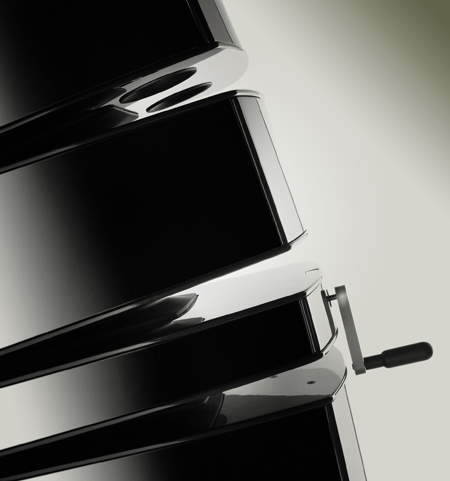
With each driver in its own separate enclosure, the entire stack is articulated in an arc to focus all drivers at the listening position. A manual crank on the back of the tweeter cabinet adjusts the angle between the enclosures, which are themselves made as rigid as possible with careful internal bracing and thick, heavy walls to avoid unwanted mechanical vibrations.
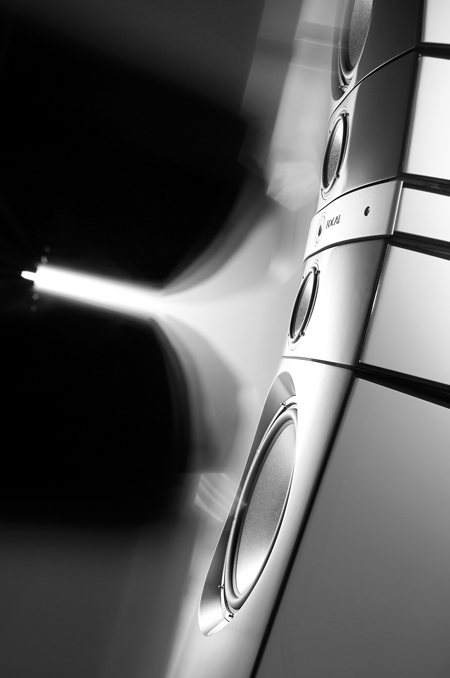
What does all this tech get you? To start with, a frequency response from 18Hz to 40kHz (±3dB) and a –6dB point at 14Hz. That puts the entire human hearing range of 20-20,000Hz in the speaker's linear range, which means it won't break a sweat reproducing any music you throw at it. And with an overall efficiency of 94dB/W/m and a power-handling capacity of 50-1500 watts, it can play louder than anyone should be able to stand.
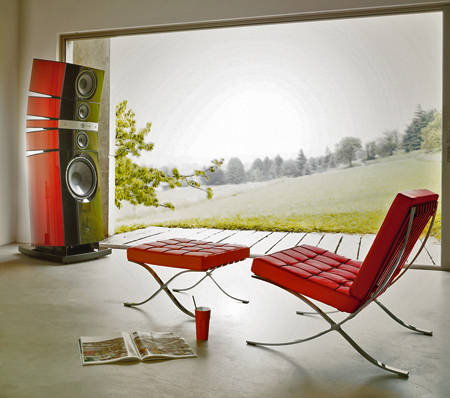
So here's the $180,000 questionwhat do these monsters cost? Why, $180,000/pair, of course! And standing over six feet tall, they weigh 573 pounds each with a footprint of nearly 900 square inches. But if you're lucky enough to have the means and real estate to accommodate these gentleand sometimes not-so-gentlegiants, you're sure to find sonic utopia in their inviting embrace.


























































